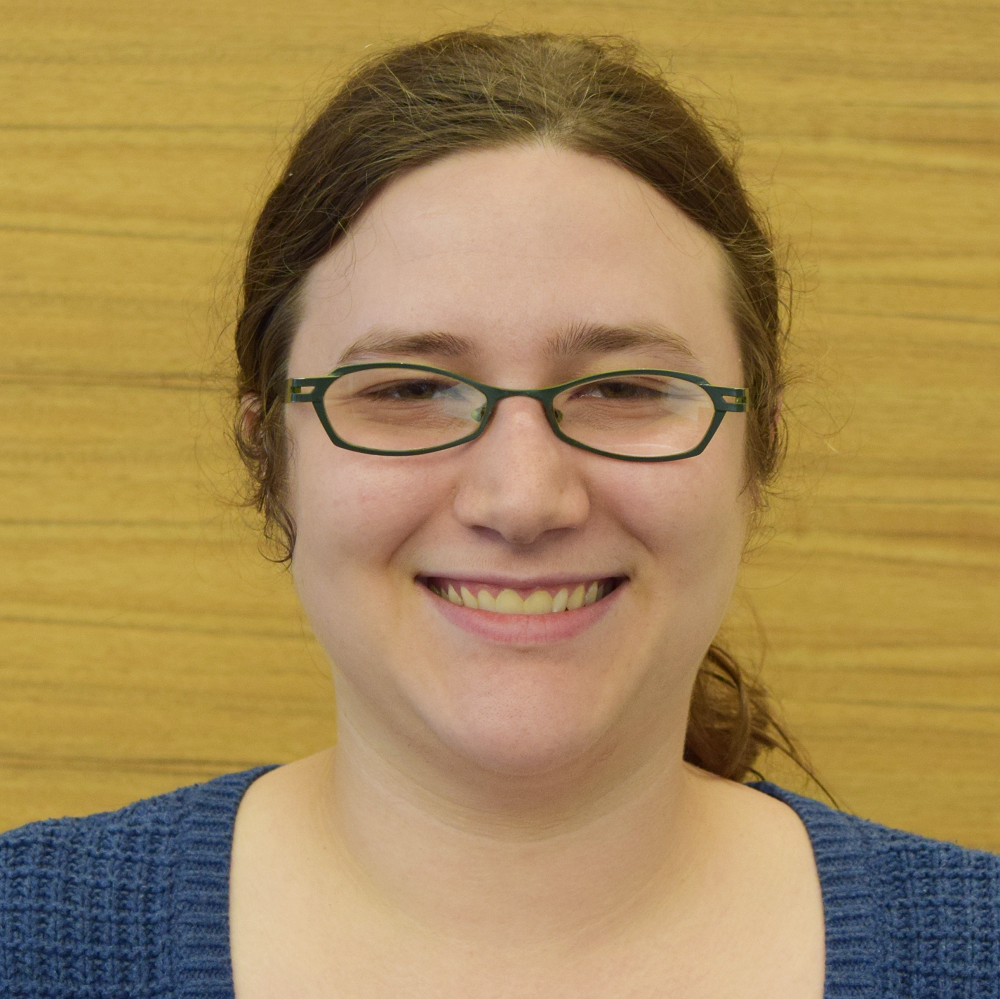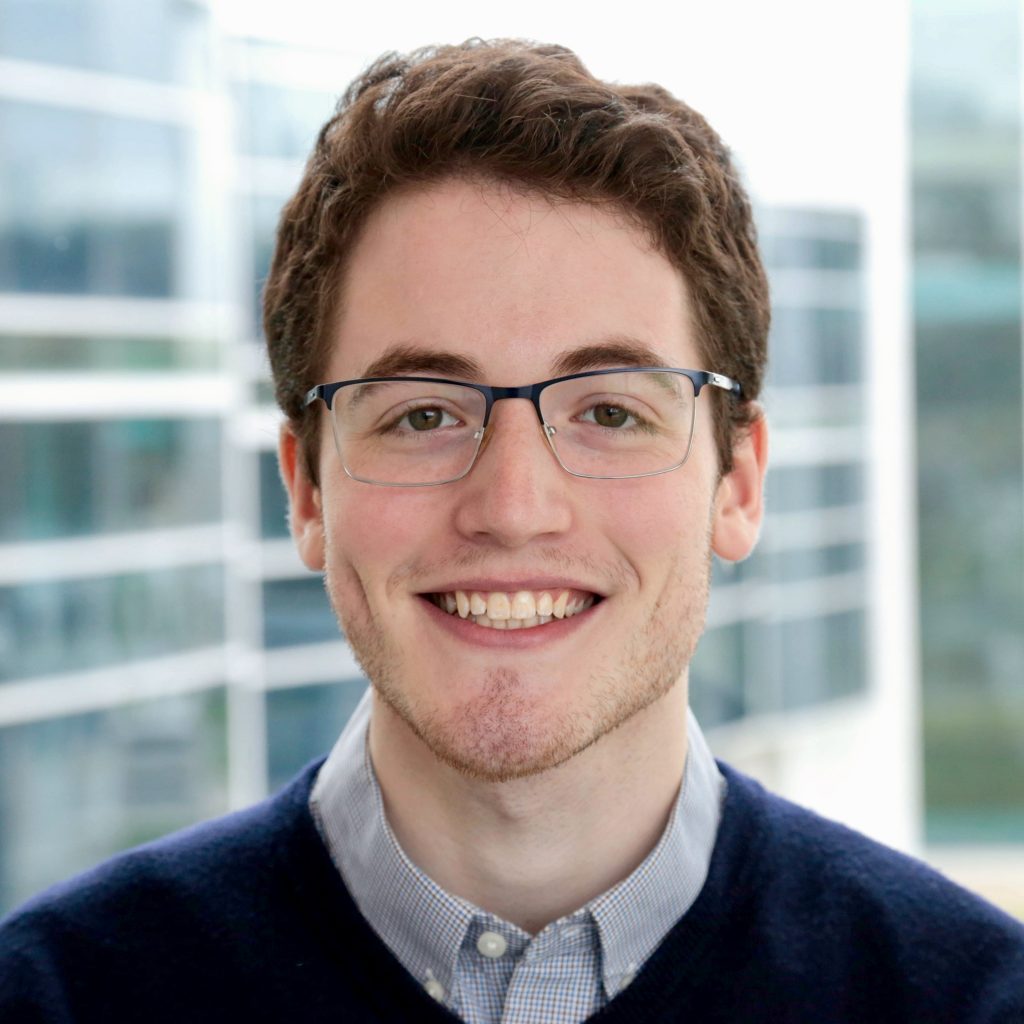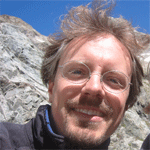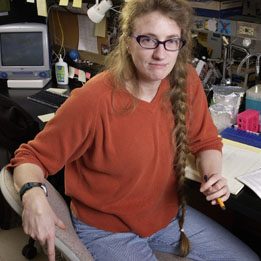
Bonni is a PhD student in the Asbury laboratory in the Physiology and Biophysics department. She studies microtubules (MTs), which are long, hollow cylinders of repeating protein subunits that switch stochastically between phases of lengthening and shortening. In most eukaryotic cells, bundles of several MTs drive cell division by synchronously lengthening and shortening to align and segregate chromosomes. Uncovering how MTs remain synchronized to correctly separate the cells’ genome is critical to understanding how cell division goes awry, as in many cancers. Read More

Julian is a graduate student in the lab of physiology and biophysics professor Fred Rieke investigating how natural scenes are encoded by the retina. His work has applications in prosthetics, computer vision, and cortical neuroscience. He holds a B.S in Nanoscale Science and Mathematics from SUNY Albany. Post graduation Julian will be starting a postdoc position at a pharmaceutical company, Novartis. Read More

Our lab studies the mitotic spindle, a molecular machine that organizes and separates duplicated chromosomes during cell division, thereby ensuring equal partitioning of the genetic material. To uncover how this machine operates, we are reconstituting spindle functions using pure components and applying new biophysical tools for manipulating and tracking individual molecules, such as laser trapping and ultrasensitive fluorescence microscopy. Read More

We use high resolution live imaging and total internal reflection microscopy to study molecular motors and their role in mitotic spindle assembly and chromosome movement. At the single molecule level we evaluate motor control of dynamic microtubule assembly and disassembly. Of special interest are the forces driving oscillatory chromosome movement, mitotic spindle assembly and mitotic spindle orientation in live cells. Finally, we are interested in the advection of motors in live cells. In other words, how the kinetic parameters of single microtubule motors influences their translocation, distribution and function in cells and we are interested in modeling this activity in silico. Read More